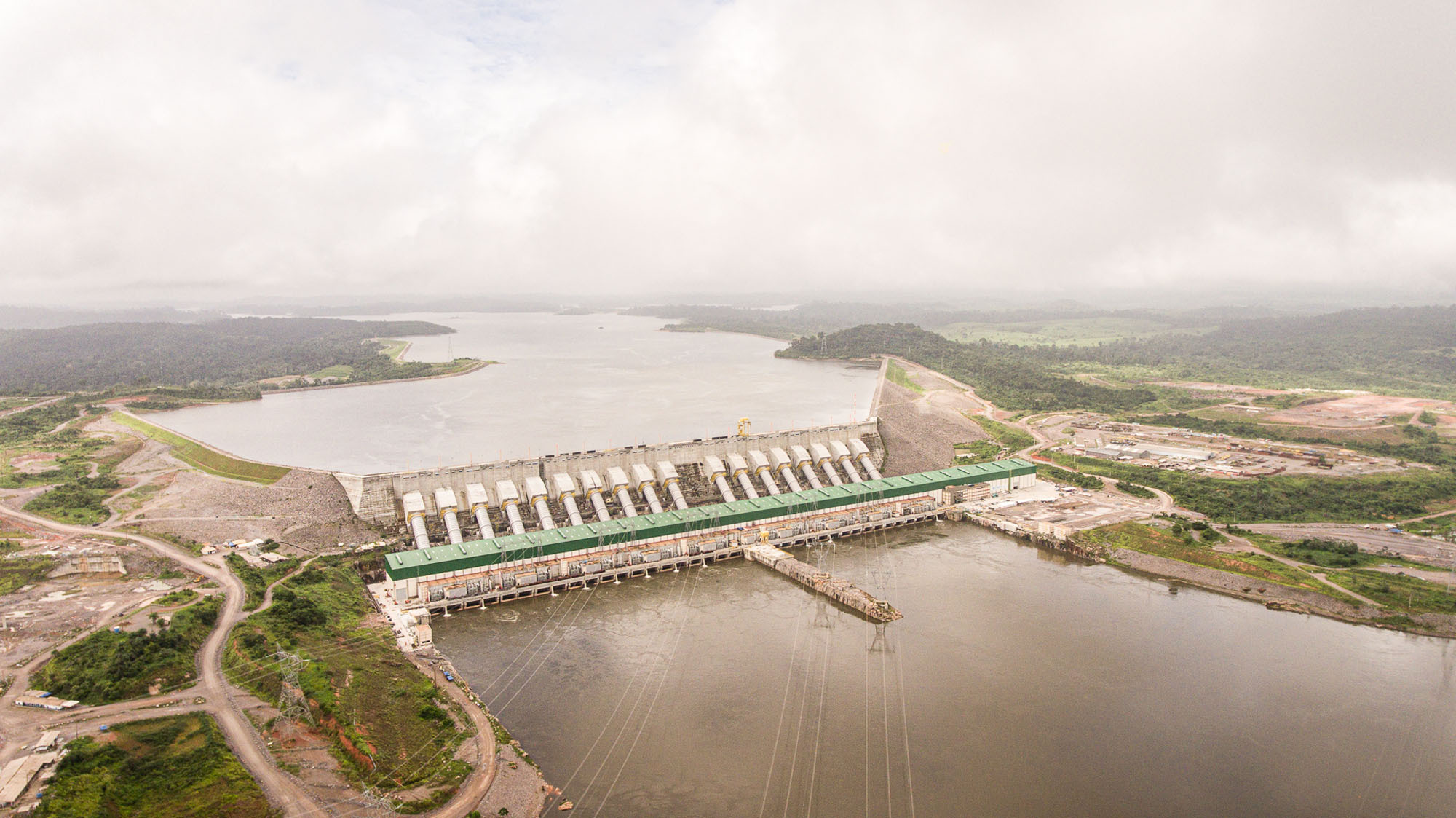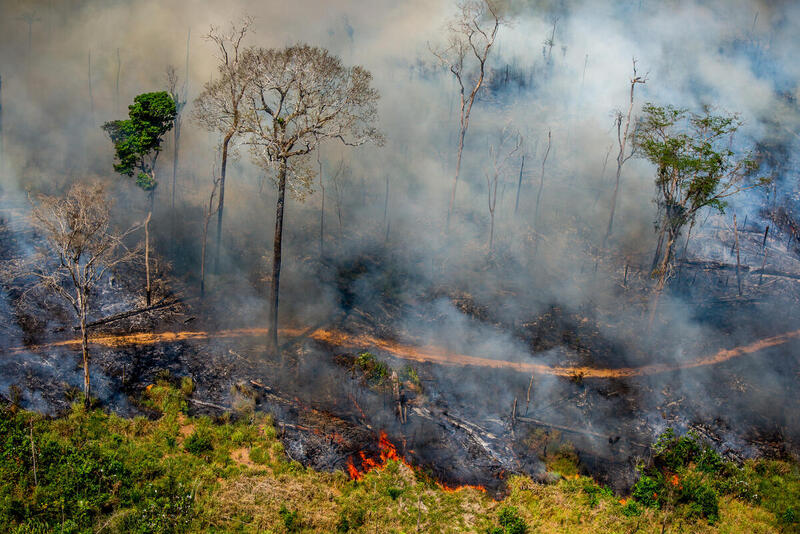The appeal signed by 300 organizations around the world addresses the COP26. According to the document, hydroelectric power plants increase greenhouse gas emissions and deplete natural resources. In the Amazon, Belo Monte deforested an area larger than the city of São Paulo. Works at 12 hydroelectric plants could lead to the deforestation of 9,500 km2 in the Tapajós river basin.
A manifesto already signed by 300 civil, indigenous, scientific, and conservation organizations from 69 countries asks government officials to cut investments in hydroelectric plants to curb global warming and the accelerated loss of biodiversity. The appeal is mainly aimed at national delegations that will participate in the 26th Climate Conference, which will take place in November in Glasgow (Scotland).
The document, published this week, argues that encouraging and expanding this model for energy generation will aggravate the climate crisis, as the dams increase emissions of greenhouse gases such as methane and deplete resources that should be used in more effective solutions for the global climate crisis.“Hydroelectricity is not clean energy. We cannot waste time and scarce resources funding false solutions that distract us from what is really needed to address the triple threat of a climate crisis, large-scale biodiversity loss, and a global pandemic,” said Chris Wilke of the Waterkeeper Alliance.
A special report by InfoAmazonia showed that, by 2027, electricity production in Brazil could increase up to 40% from the current 156 gigawatts to 216 gigawatts. Even with increasingly complex and expensive licensing and financing, the construction of new power plants is still on the official plans, including in the Amazon.
In the region, 221 hydroelectric plants already operate – 27 of them large, 102 medium and small, and 92 micro-generators (see map below). Another 35 are under construction or in maintenance. They range from giants like Belo Monte to an abundance of medium and small plants.
The risk to biodiversity grows along with the deforestation and urbanization caused by the construction works and operation of hydroelectric plants. Around Belo Monte, at least1,800 km2 were deforested, an area larger than the city of SãoPaulo’s 1,521 km2. The losses were 40% higher than what the Amazon Institute of Man and Environment (Imazon) estimated for the region without the power plant.
12 new power plants could lead to the deforestation of an area of 9,500 km2 in the Tapajós river basin.
Meanwhile, works on 12 hydroelectric plants could lead to the deforestation of another 9,500 km2 in the next two decades in regions of the Tapajós River Basin. Imazon projections indicate that 700 million primates, birds, and trees will be harmed by the deforestation and flooding caused by the dams. In addition, the risk of deforestation would increase in 44 of the 53 protected areas in the region.
Across the country, wildlife also suffers from a reduction in the availability of surface water. Data from MapBiomas shows that patches of rivers, lakes, and other natural reservoirs shrank 15.7% between the early 1990s and 2020, dropping from 200,000 km2 to 166,000 km2. Hydroelectric dams influenced these losses, which affect biodiversity and river dynamics.
Reducing this kind of damage depends on keeping rivers free from hydroelectric power plants and other dams. According to the manifesto addressed to the next global climate meeting, power plants are among the biggest contributors to the 84% decline in freshwater species populations since the 1970s.

But the construction of hydroelectric dams also has a long history of violating the rights of indigenous peoples and other communities. The World Commission on Dams estimated more than 20 years ago that dams had displaced nearly 80 million people around the world. In Brazil, 1 million people were affected by the construction and operation of these structures between the 1970s and 2012 alone, according to the Movement of People Affected by Dams.
“As a child, I witnessed the anguish of families when dams were built on the Biobío River [in south-central Chile]. Today, I see the suffering, pain, and frustration of the same families who fought to defend the river and our ancestral lands, flooded by the reservoirs. The dams have devastated our culture,” said Fernanda Purrán, from the Mapuche-Pehuenche tribe and director of Ríos to Rivers, in Chile, in publicizing the manifesto.
Reporting by InfoAmazonia for the PlenaMata project.





